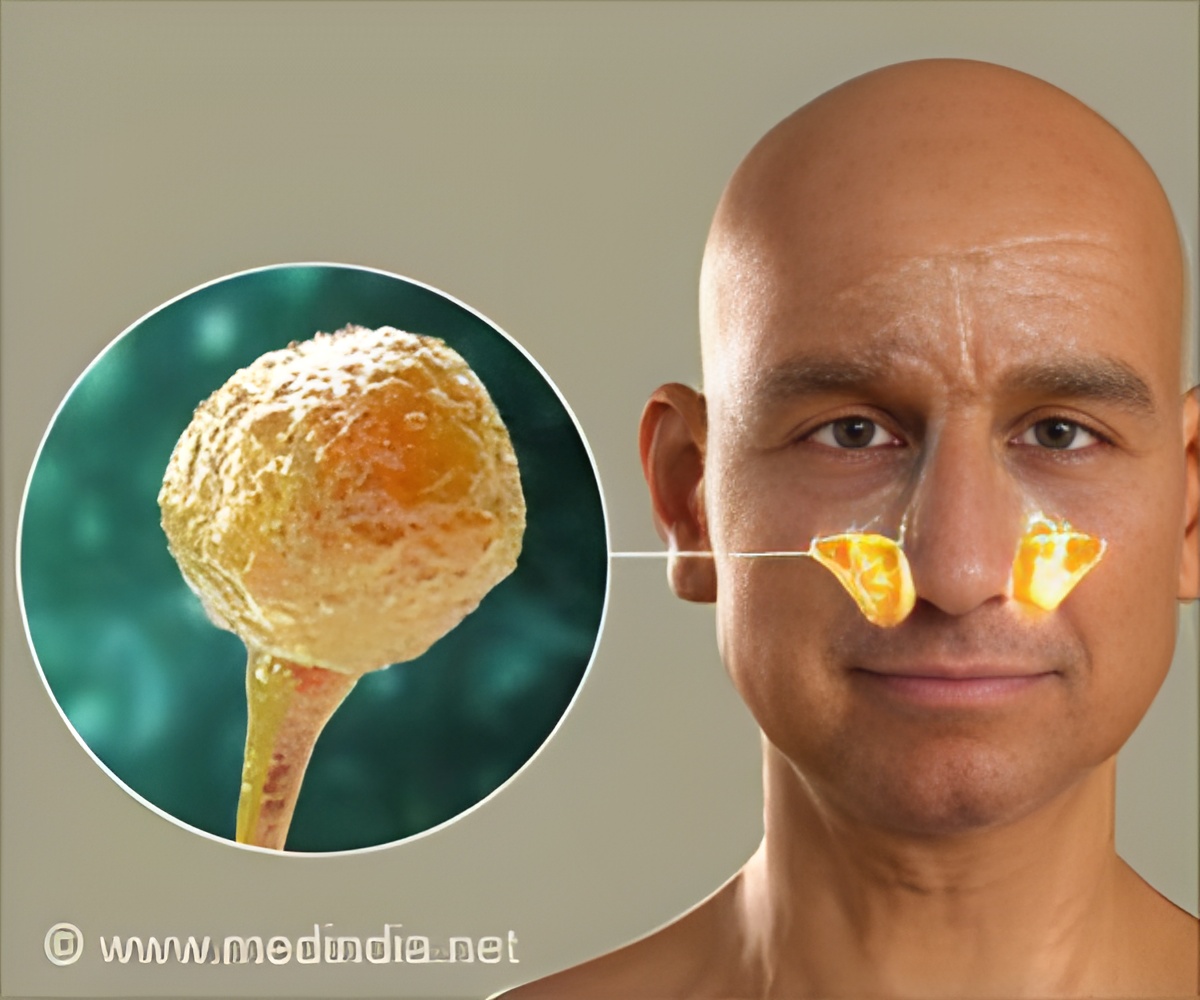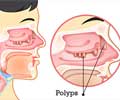AI-powered deep learning accurately detects odontogenic sinusitis in dental X-rays, minimizing CT scans and improving diagnostics.

Deep Learning in Dental Radiography: A Game Changer
Wu et al.'s AI model employs the YOLO (You Only Look Once) framework for deep learning to obtain high precision during panoramic X-ray analysis. Research findings showed that the system was able to accurately identify tooth positions with 98.2% precision while diagnosing odontogenic sinusitis with 96.1% accuracy. The advanced precision of this system permits dentists to discover medical problems at early stages, create specific treatment approaches, and prevent excessive medical imaging(1✔ ✔Trusted SourceDeep Learning-Assisted Diagnostic System: Apices and Odontogenic Sinus Floor Level Analysis in Dental Panoramic Radiographs
Go to source).
‘Did You Know?
With 98.2% accuracy in tooth position detection and 96.1% in diagnosing odontogenic sinusitis, AI system is transforming dental diagnostics. #dentalradiography #dentalai #medindia’





With 98.2% accuracy in tooth position detection and 96.1% in diagnosing odontogenic sinusitis, AI system is transforming dental diagnostics. #dentalradiography #dentalai #medindia’
Understanding Odontogenic Sinusitis and Apical Pathologies
When dental infections, such as untreated caries orOdontogenic Sinusitis: The Next Step
Go to source)
Similarly, correct identification of the tooth apices is necessary for procedures like
Clinical Practice Guideline: Adult Sinusitis (Update)
Go to source).
Using artificial intelligence for dental diagnosis has introduced important developments in dental patient healthcare. The ongoing evolution of AI technology predicts a wider implementation in dentistry that will enhance diagnostic precision while improving treatment results !
Advertisement
- Deep Learning-Assisted Diagnostic System: Apices and Odontogenic Sinus Floor Level Analysis in Dental Panoramic Radiographs - (https://www.researchgate.net/publication/388545529_Deep_Learning-Assisted_Diagnostic_System_Apices_and_Odontogenic_Sinus_Floor_Level_Analysis_in_Dental_Panoramic_Radiographs)
- Odontogenic Sinusitis: The Next Step - (https://pubmed.ncbi.nlm.nih.gov/39138074/)
- Clinical Practice Guideline: Adult Sinusitis (Update) - (https://www.entnet.org/quality-practice/quality-products/clinical-practice-guidelines/adult-sinusitis/)
Source-Eurekalert















